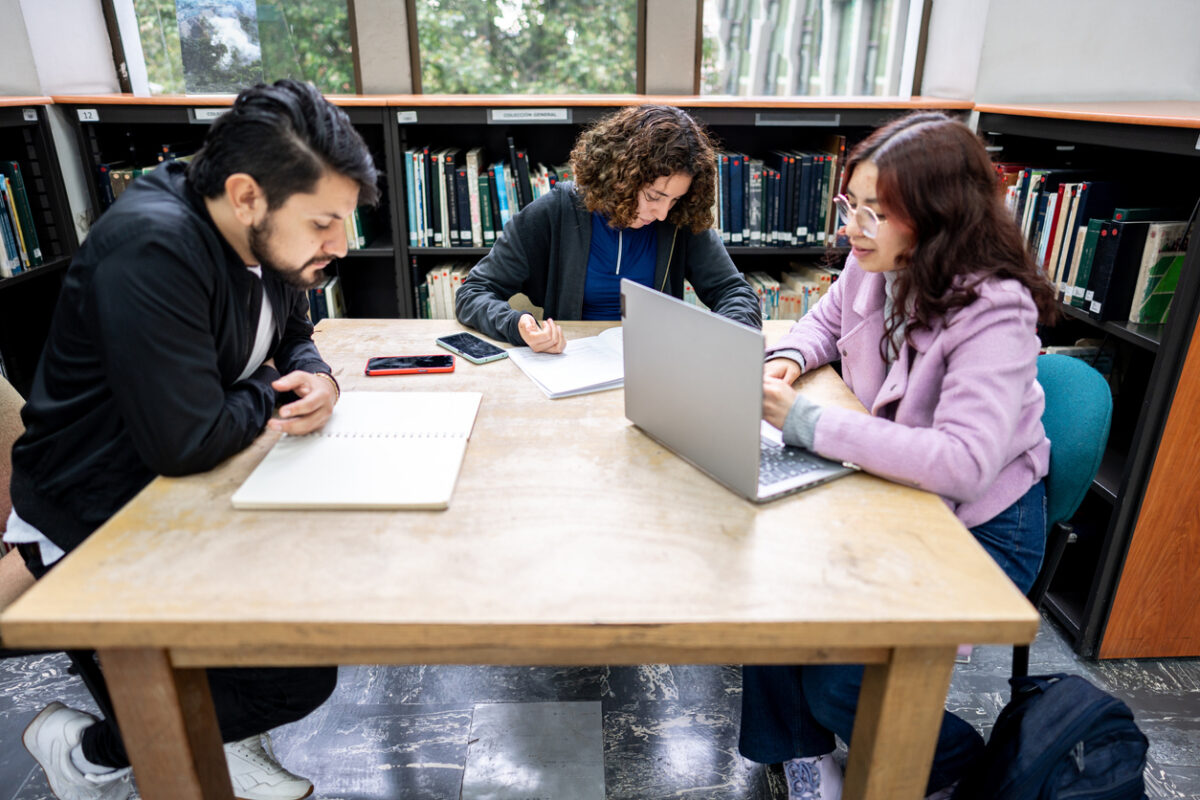How Does Increasing Financial Aid Promote Student Economic Success?
Published Jun 30, 2023
By Edward Conroy
IHEP uses “threshold zero” as its benchmark for determining whether a college provides students with an economic return on their education. This metric is met if, within ten years of graduating, a student earns as much as a high school graduate, plus enough to cover the net price (total cost, minus grants and scholarships) they paid for their education.
Public colleges and universities shine in the report using the threshold zero metric. Ninety-seven percent of public four-year schools provide a minimum economic return for students, along with 89% of public two-year institutions. The majority of colleges that failed to provide students with at least a modest return within ten years were private, for-profit, and non-profit institutions, which tend to be more expensive than public options.
“A college education can and should be a stepping stone to a better living and improved quality of life for students,” said IHEP Vice President of Research and Policy Diane Cheng in the report’s press release.
When looking at different approaches to improving funding for higher education, IHEP found that doubling the Pell Grant, something the organization advocates for, would increase the number of schools providing a minimum economic return by 95, compared to an increase of 44 if first-dollar free college were implemented. Recent research has found that most colleges are unaffordable for low-income students, so finding ways to change that is vital.
Free college programs, by comparison, aim to make college free at the point of access but come in different forms. First-dollar programs cover tuition and fees up front, allowing students to use the federal Pell Grant and any grant funds from their state or school to pay for books, housing, transportation, and other expenses. Last-dollar programs promise to top up students’ financial aid if federal and state grants do not cover all their tuition and fees. Last-dollar programs are less expensive for states to pay for and, thus, more common.
The report provides several policy suggestions for lawmakers. These include combining investments in additional Pell Grant funds and first-dollar free college programs to help students pay for and remain enrolled. The report also calls for better data on earnings for college graduates and those who don’t complete their degrees as a way to help ensure the students who need the most support can get it.


